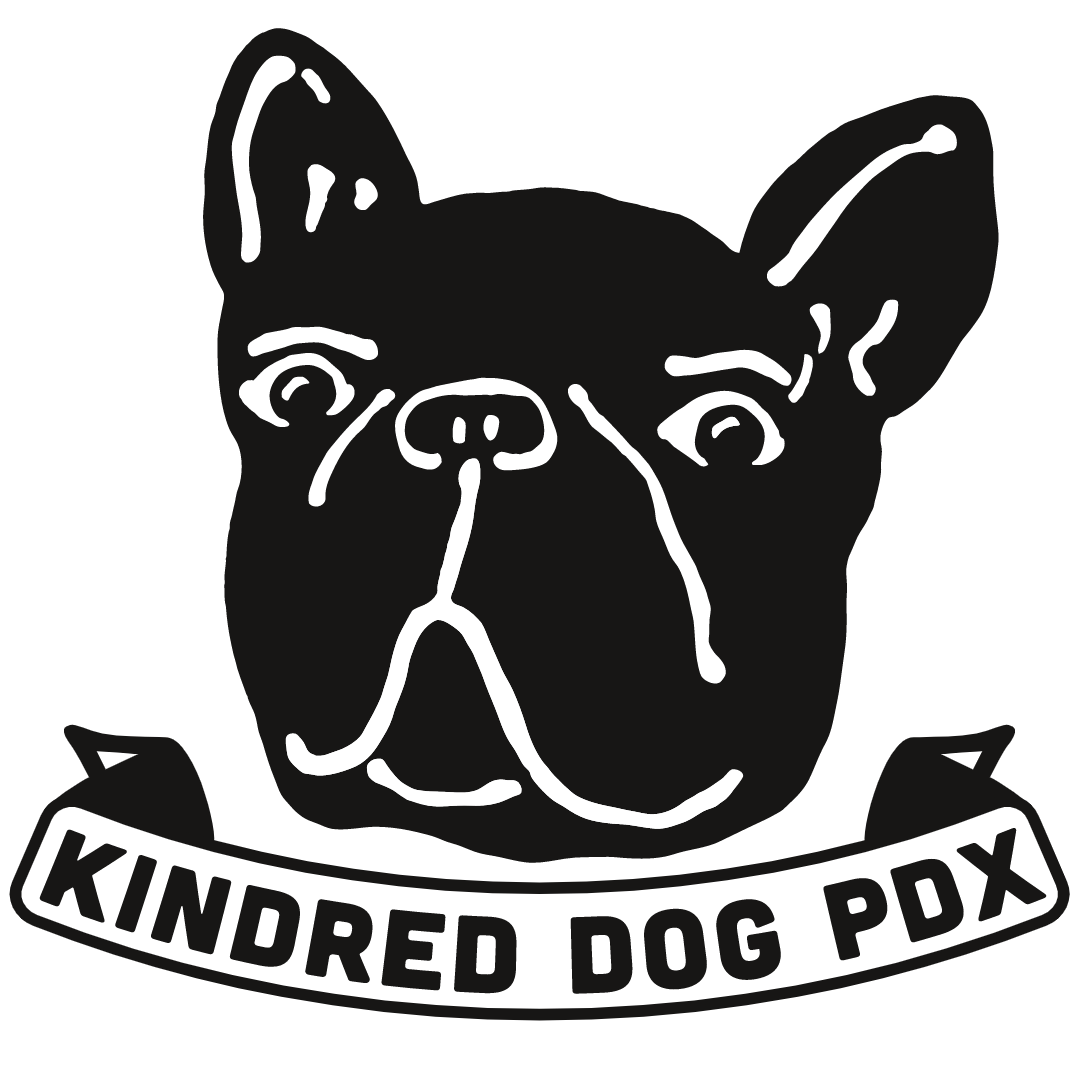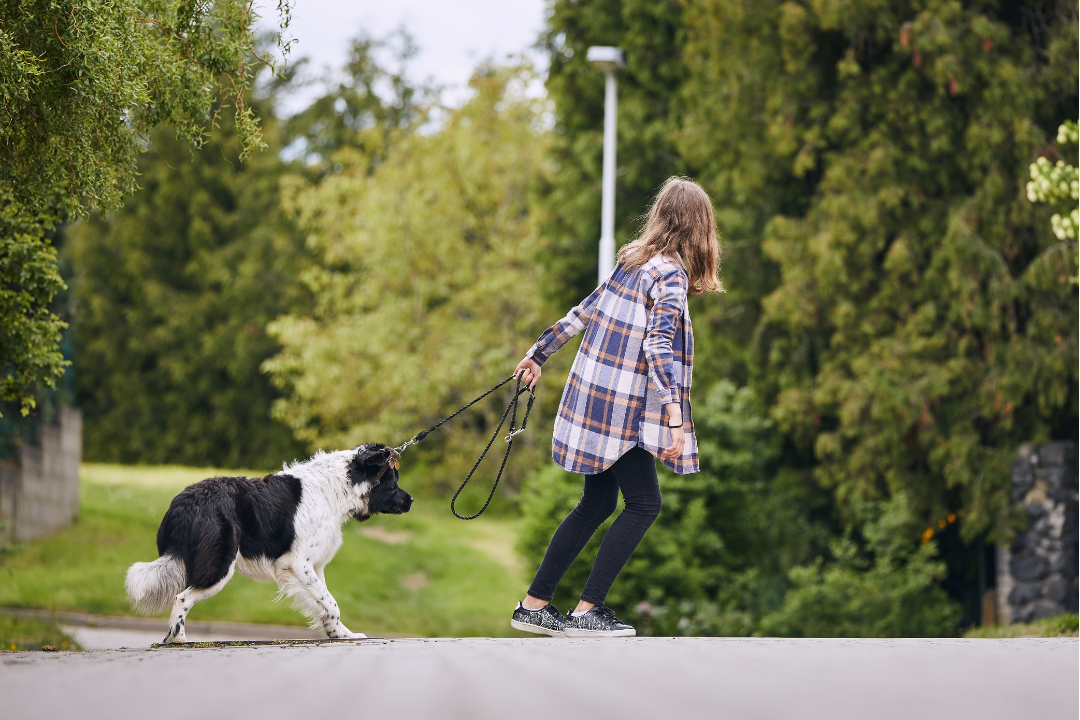How to Train a Stubborn Dog!
Hello, fellow dog lovers! Welcome to Kindred Dog PDX, where our love for canines matches our expertise in training them. Today, we dive deep into a topic close to many hearts: training stubborn dogs. Let's unravel the mysteries of these tenacious canines together!
Understanding the Nature of Stubborn Dogs
Stubborn dogs are not just being difficult; they're often misunderstood geniuses of the canine world. Their stubbornness can be attributed to a strong-willed nature, often mistaken for disobedience. But fear not, understanding their psyche is the first step in effective training.
Importance of Patience and Consistency in Dog Training
Training a stubborn dog is like running a marathon, not a sprint. It demands unwavering patience and consistency. Remember, Rome wasn't built in a day, and neither is a well-trained dog!
Identifying Signs of Stubbornness in Dogs
How do you know if your dog is stubborn? Look for signs like ignoring commands, being easily distracted, or showing a lack of interest in pleasing you. These are your cues to switch up your training game.
Common Behaviors of Stubborn Dogs
Common behaviors include refusing to follow commands, being easily bored with repetitive tasks, and preferring to do things their way. It's not defiance; it's a call for more engaging training methods.
Differences Between Stubbornness and Behavioral Issues
It's crucial to distinguish between stubbornness and behavioral issues. Stubborn dogs are usually healthy and intelligent, while behavioral issues might stem from anxiety, fear, or past trauma.
The Root Causes of Stubborn Behavior
Breed-Specific Tendencies: Some breeds are more independent-minded (think Huskies or Beagles).
Environmental Factors and Past Experiences: A dog's environment and past can greatly influence their behavior.
Role of Genetics and Personality: Just like us, dogs have unique personalities shaped by their genetics.
Essential Training Techniques
Essential training techniques for your dog hinge on positive reinforcement, where rewards and treats play a pivotal role; even a small treat can significantly motivate a stubborn pup, and incorporating treats into their daily meals can enhance their eagerness to work with you. Equally important is consistent command training, which relies on repetition and patience to instill good habits in your furry companion. Furthermore, the role of voice tone and body language cannot be overstated; maintaining a calm and assertive demeanor is essential in establishing yourself as a leader and effectively communicating with your dog.
Overcoming Specific Challenges
Overcoming specific challenges in dog training involves a blend of resilience and strategy. When facing resistance to commands, it's important to meet this with patience and persistence, calmly repeating the command until it's followed. For dogs that are easily distracted or lack focus, training in a quiet, controlled environment can be beneficial; this approach allows you to gradually introduce and build upon the three D's: duration, distraction, and distance, enhancing their ability to concentrate. Leash training and walking, often a literal tug-of-war, should start with short, positive sessions, progressively increasing in duration to foster better leash manners and walking behavior.
Advanced Training Concepts
Advanced training concepts for dogs encompass more than just basic commands, emphasizing the importance of socialization, play, and long-term behavioral modification. Socialization plays a crucial role in a dog's education, where exposure to various environments, sounds, people, and other dogs is not only enjoyable but also instrumental in enhancing their adaptability. Incorporating play and games into training sessions adds an element of fun, keeping your dog engaged and entertained, which is essential for effective learning. Lastly, long-term behavioral modification is key; through regular training sessions and consistent reinforcement, significant and lasting improvements in behavior can be achieved.
The Role of Professional Help
The role of professional help in dog training becomes crucial when personal efforts seem overwhelming or insufficient. Seeking assistance from a dog trainer is a wise decision in such instances, as their trained eye can identify and rectify issues that you might overlook. Additionally, the benefits of obedience classes and group training sessions are manifold, offering not just a structured learning environment but also an opportunity for socialization, which can be especially advantageous for a stubborn canine companion. These professional avenues complement personal training efforts, providing a well-rounded approach to your dog's training and development.
Creating a Supportive Home Environment
Creating a supportive home environment for your dog involves establishing clear rules and boundaries, ensuring they understand and respect household norms through consistency in your expectations and responses. Equally important is providing regular exercise and mental stimulation, as a well-exercised dog is more likely to exhibit good behavior, helping to manage any stubborn tendencies. Furthermore, building a bond based on trust and understanding is essential; this emotional connection not only enhances the effectiveness of training sessions but also makes them more enjoyable for both you and your dog. This comprehensive approach to creating a nurturing home environment is key to a well-behaved and happy canine companion.
Conclusion
In conclusion, training your dog should be viewed as a rewarding journey rather than a mere destination. It's crucial to celebrate every bit of progress, regardless of its size, as each step forward, big or small, represents a significant victory and a milestone in your shared journey. More than just teaching obedience, this process is about fostering a lifelong bond with your dog, nurturing a relationship that is rooted in mutual respect and love.
Frequently Asked Questions
-
Look for patterns in their behavior. A stubborn dog may understand a command but choose not to follow it, while an untrained dog simply doesn't know what is expected.
-
Find out what motivates your dog. It could be treats, toys, or even verbal praise. Every dog is different!
-
Be consistent and patient. If they ignore a command, take a break and try again later with a calm and assertive approach.


